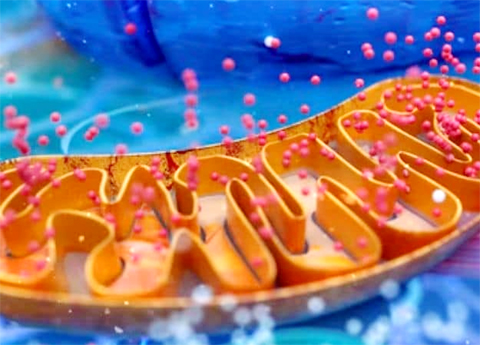Lifestyle Desk:
Israeli scientists have made a groundbreaking discovery about the human immune system, revealing that cells have a previously unknown natural defence mechanism that generates antibiotic-like compounds to combat bacterial infections. This discovery, published in Nature by researchers from the Weizmann Institute of Science, could pave the way for new treatments against antibiotic-resistant superbugs, a growing global health crisis.
The discovery centres around the proteasome, a small structure found in all human cells that is primarily responsible for breaking down and recycling damaged or unneeded proteins. Until now, scientists believed the proteasome’s only function was to degrade old proteins into smaller peptides, which the body could then reuse to build new proteins.
However, the Israeli research team led by Professor Yifat Merbl found that under certain conditions—specifically, when a cell detects bacterial infection—the proteasome enters a “secret mode” and transforms its function. Instead of just recycling proteins, it converts them into powerful antimicrobial molecules that actively attack and destroy bacteria.
“We’ve discovered something new in the immune system that fights bacterial infections. This process, which creates new types of antibiotics, happens everywhere in the body, in every cell,” said Professor Merbl.
How does this hidden defence mechanism work?
When bacteria enter a cell, the proteasome recognises the infection and undergoes a structural transformation. This change enables it to convert old proteins into small chemical compounds that specifically target and break apart the bacterial cell walls.
The study found that these newly created antimicrobial molecules work similarly to existing antibiotics, killing bacteria by disrupting their protective outer layer. The process is entirely natural and self-regulating, meaning the immune system activates this defence only when needed.
“We didn’t know this was happening in the cell for a long time, and we’re excited about the new discovery,” Prof. Merbl explained.
Testing the new defence mechanism: Lab and animal experiments
To confirm the proteasome’s antimicrobial function, researchers conducted a series of of laboratory and animal experiments.
1. Lab-grown bacteria:
- lScientists exposed Staphylococcus and Salmonella bacteria to human cells with active proteasomes.
- The bacteria were destroyed, confirming that the proteasome-generated compounds were effectively killing the pathogens.
2. Animal testing in mice with pneumonia and sepsis:
- Mice with bacterial infections were studied to see how their immune systems responded.
- The antimicrobial molecules produced by the proteasome were found to be as effective as some existing antibiotics in neutralising the infection.
3. Disabling the proteasome’s function:
- When the proteasome was inactivated in human cells, Salmonella and other bacteria quickly spread and infected the cells, proving that this newly discovered immune response plays a critical role in bacterial defence.
A game-changer in the fight against antibiotic resistance
The discovery is particularly significant in the global battle against antibiotic-resistant bacteria, also known as superbugs. According to the World Health Organization (WHO), more than 1.2 million people die each year from infections that no longer respond to antibiotics. This problem is expected to worsen as bacteria evolve resistance to existing drugs.
Scientists believe that harnessing this natural immune mechanism could lead to:
- A new class of antibiotics that mimic how proteasomes create bacterial-killing molecules.
- Alternative treatments for drug-resistant infections, reducing the need for synthetic antibiotics.
- A better understanding of cellular immunity, leading to broader medical advancements.
Challenges and future research
While the findings are promising, researchers caution that more studies are needed before this discovery can be applied to clinical treatments. Scientists must:
- Identify exactly how the proteasome selects and modifies proteins into antimicrobial molecules.
- Determine whether these natural antibiotics mass-produced and used as medications.
- Investigate how this mechanism interacts with different types of bacteria and infections.
With antibiotic resistance becoming a major global health threat, the discovery of this hidden immune function provides new hope for fighting bacterial infections. If further research confirms its effectiveness, medical transform how infections are treated, offering a natural, body-driven alternative to synthetic antibiotics.

